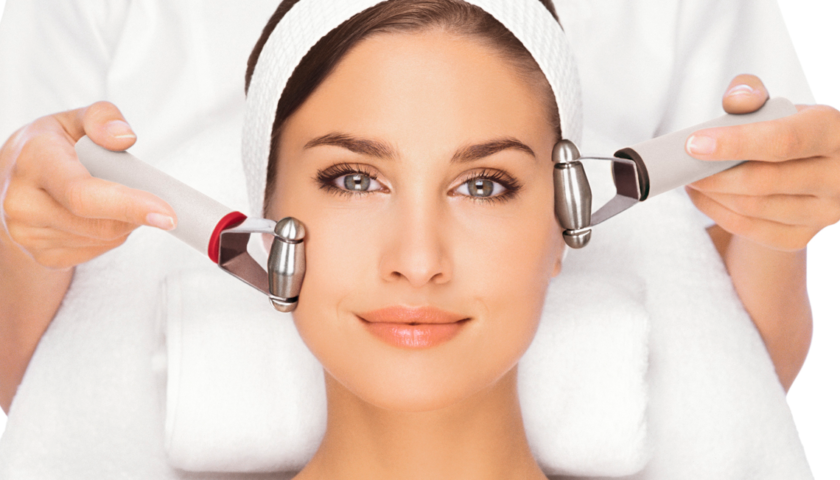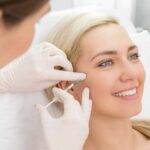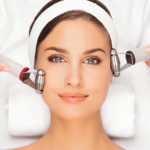THE WHAT? L’Oréal has announced a strategic partnership with French biotech Microphyt, which sees L’Oréal’s venture capital fund, BOLD (Business Opportunities for L’Oréal Development) acquire a minority stake in the firm.
THE DETAILS L’Oréal and Microphyt will build a technological platform and will bring material and human resources together to create raw materials from microalgae biomass.
“The ambition of both companies is to establish a long-term partnership for the development of new cosmetic solutions,” according to a press release.
The tie up comes after several strategic scientific partnerships recently forged by L’Oréal to strengthen its pioneering Green Sciences ecosystem of Beauty. These include the precision-health company VERILY, the National Institute for Materials Sciences (NIMS) in Japan, the Singapore Centre for Environmental Life Sciences Engineering (SCELSE) or the Laboratoire de Chimie des Polymères Organiques (LCPO) in Bordeaux.
THE WHY? According to a press release, “This partnership is an additional proof point of L’Oréal’s Research and Innovation strategy towards Greens Science and its investment in innovative biotech start-ups in France, and across the world.
“This proactive strategy is at the heart of L’Oréal’s 2030 sustainable development program, including the objective that 95% of its ingredients will be bio-sourced, derived from abundant minerals or from circular processes.”
Barbara Lavernos, Deputy CEO, in charge of Research, Innovation and Technology, L’Oréal Group, said: “Our ambition is to collaborate across the world with the most disruptive scientific entities in Green Sciences, in order to collectively develop responsible innovations on a large scale and make them available to as many people as possible.
“We are very pleased to pursue this new partnership with Microphyt, which will enable us, thanks to its unique natural solutions derived from microalgae, to further accelerate our drive towards more sustainable beauty.”
Injectable aesthetics are popular due to their ability to provide noticeable results with minimal downtime compared to surgical procedures. They are versatile and can be tailored to meet individual aesthetic goals, whether it's enhancing lips, restoring facial volume, or smoothing out wrinkles. However, they should always be administered by qualified professionals to ensure safety and achieve optimal results.
Injectable aesthetics are used to enhance facial features, reduce the signs of aging, and improve overall facial symmetry and appearance.
Key types of injectable aesthetics include:
-
Dermal Fillers: These injectables are used to add volume, fill in wrinkles and folds, and enhance facial contours. They often contain substances like hyaluronic acid, collagen, or calcium hydroxylapatite, which help plump up the skin and smooth out fine lines and wrinkles.
-
Botulinum Toxin (Botox): Botulinum toxin injections temporarily relax facial muscles that cause wrinkles and lines to form. It is commonly used to treat forehead lines, frown lines between the eyebrows, and crow's feet around the eyes.
-
Collagen Stimulators: These injectables stimulate the body's own collagen production, helping to improve skin texture and firmness over time. Examples include poly-L-lactic acid (Sculptra) and calcium hydroxylapatite (Radiesse).
-
Neurotoxin Injections: Besides Botox, other neurotoxins such as Dysport and Xeomin are used similarly to reduce wrinkles and lines.





